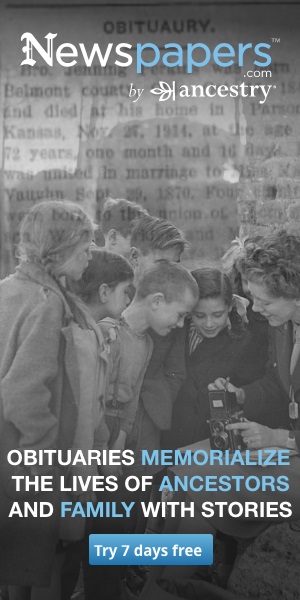U.S., Social Security Death Index, 1935-2014
LOCAL SETTLERS AND INDIANS HEAD TOWARD SHOWDOWN!
This article is compiled by Julian Williams.
In last week's article we left Hernando de Soto at the bottom of the Mississippi River.
We can only guess about the fate of Mark and Peter, the Indians who were with him near Jacksonville, Georgia, when they became the first persons baptized in America.
But De Soto was not the last to interrupt the relatively peaceful life of the Indians in this area (although they did fight each other at times).
Another Spanish soldier also explored our part of the country - Captain Mark St. Illa.
From his wanderings and in his honor we get the name St. Illa River (later changed by hasty mapmakers to "Satilla").
For earlier references to "St. Illa River" and "St. Illa School" see pages 30, 101 and 286 of Ward's History of Coffee County.
As far as I know, only St. Illa Baptist Church in present-day Coffee County (great portion was Telfair County until 1854 when Coffee was created) currently retains the name in its pure state (original spelling).
As the 1500's (time of De Soto and St. Illa) rolled by the 1600's and 1700's saw the continued struggle of England, Spain and France.
The Indians continued becoming the victims of land encroachment, slavery, warfare, broken treaties and disease and became meaner and meaner.
Europeans entering the new land had a great resistance to disease because their genes had weathered the epidemic plague (Black Death) which had wiped out at least a third of the population of Europe in the 1300's.
Now the Indians were losing well over ninety percent of their people to the ravages of these "imported" diseases.
Efforts by early Indian leader Old Brim and later Tecumseh and his twin brother, The Prophet (Tensquatawa), failed as they tried to form huge Indian confederacies for united warfare against the white man.
But hard feelings and bloodshed would not go away.
The frustrated Indians, especially the bad ones, continued to prompt each other (and be prompted by the foreign powers) to wage war against the settlers.
Others, like Colonel Benjamin Hawkins, Indian agent, and Chief William McIntosh and many Indians, wanted peace.
Sometimes efforts by settlers and Indians to coexist in peace seemed to work.
According to Judge Ward the first word Indians in our section learned was "swap."
The barter system went: 5 skins for 1 white blanket; 10 buckskins for a gun; 5 buckskins for a pistol; 2 skins for 1 white shirt; 1 doe hide for a knife; and so on.
But men like General Andrew Jackson (for whom Jacksonville, Georgia, was named) and General John Coffee of Jacksonville, Georgia, (Coffee County named for him) represented the settlers. (Another General John Coffee was also on the scene - more on that later).
And men like Tecumseh and The Prophet and Chief Billy Bowlegs were on the Indian side.
Needless to say, these men didn't see the same shade of green on the landscape of the emerging nation.
Throw in General Mark Willcox, son-in-law of General Coffee and Chief William McIntosh (half Scot/half Creek Indian) and another hybrid (aren't we all?), Red Eagle (William Weatherford) and you have the volatile formula for some deadly excitement.
And come it did!


